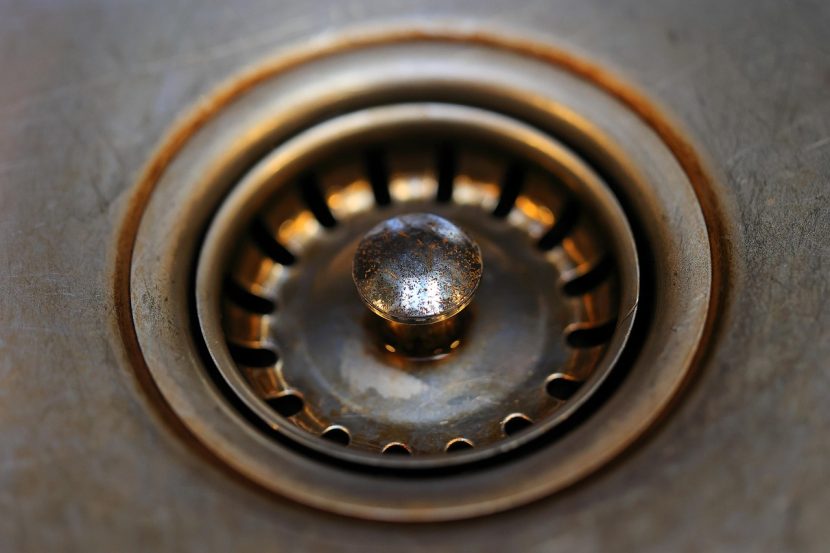Sink blockages strike at the worst possible moments, turning routine tasks like washing dishes or brushing teeth into frustrating ordeals. Whether you’re dealing with a slow-draining kitchen sink filled with greasy water or a bathroom basin that won’t empty, knowing how to tackle these problems quickly can save you time, money, and the inconvenience of calling emergency plumbers.
Most sink blockages result from everyday activities that gradually restrict water flow. Kitchen sinks accumulate grease, food particles, and soap residue, while bathroom sinks collect hair, toothpaste, and soap scum. Understanding these common causes helps you choose the right unblock sink method and prevent future problems from developing.
Identify the Type of Blockage
Kitchen Sink Problems
Kitchen sinks typically suffer from grease-based blockages that solidify inside pipes, creating stubborn obstructions. Food particles combine with fats and oils to form dense accumulations that resist simple flushing attempts. These blockages often develop gradually, starting with slightly slower drainage before progressing to complete water backup.
Coffee grounds, rice, and pasta particles frequently contribute to kitchen sink blockages because they expand when wet or form paste-like substances that stick to pipe walls. Recognising these materials helps determine which unblocking methods will prove most effective.
Bathroom Sink Issues
Bathroom sinks face different challenges, primarily from hair accumulations that trap soap scum and create expanding blockages. Toothpaste residue hardens over time, while shaving cream and personal care products add sticky elements that help debris adhere to pipe surfaces.
Pop-up stoppers and drain assemblies in bathroom sinks often collect significant debris that restricts water flow before reaching the main drain pipe. Checking these components first can reveal simple solutions that don’t require drain cleaning chemicals or professional intervention.
Simple DIY Unblocking Methods
Hot Water Flush
Start with the simplest approach by running hot water down the drain for several minutes. This method works particularly well for grease-based blockages in kitchen sinks, as hot water helps dissolve fatty deposits and flush them through the system.
Pour boiling water slowly down the drain in stages rather than all at once, allowing time for the heat to work on accumulated debris. Repeat this process several times if initial attempts show improvement but don’t completely clear the blockage.
Baking Soda and Vinegar Treatment
Combine half a cup of baking soda with an equal amount of white vinegar for a natural chemical reaction that breaks down organic blockages. Pour the baking soda down the drain first, followed immediately by the vinegar, then cover the drain opening with a plug or cloth to contain the fizzing action.
Allow this mixture to work for 30 minutes before flushing with hot water. The chemical reaction helps dissolve soap accumulations and organic matter while producing pressure that can dislodge loose debris.
Manual Removal Methods
Remove visible debris from drain openings using rubber gloves and basic tools like tweezers or needle-nose pliers. Pop-up stoppers and drain covers often hide significant accumulations that cause blockage problems without affecting the main drain pipe.
Clean drain components thoroughly before reassembling them, as partial cleaning often leads to recurring blockages within days or weeks. Check that all moving parts operate smoothly and create proper seals when closed.
Smart Solutions for Sink Drainage Success
Regular maintenance prevents most sink blockages while simple DIY methods handle common problems effectively and safely. Understanding your specific sink type and typical blockage causes helps you choose appropriate solutions and avoid damage to plumbing fixtures.
Schedule professional drain cleaning annually to address accumulations that home methods cannot reach, maintaining optimal drainage performance and extending your plumbing system’s lifespan. Taking action at the first signs of slow drainage prevents emergency situations that disrupt daily routines and create expensive repair bills.
